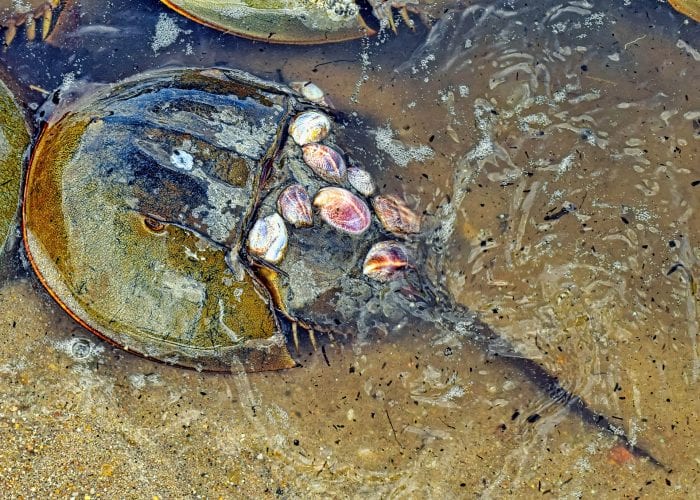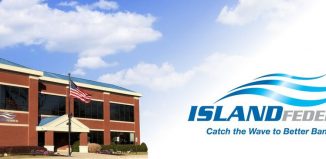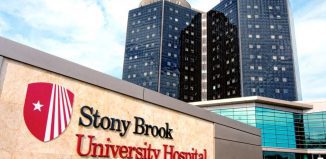Your Turn: Horseshoe Crab working group reconvenes in January 2021
By Ken Taub
A formidable collection of naturalists, scientists, academics and Long Island nature organizations came together in a remote meeting to discuss the current status and future viability of the ancient horseshoe crabs (Limulus polyphemus) in our area. The January 15, 2021 meeting, via Zoom, co-sponsored by Seatuck Environmental Organization and Sierra Club, Long Island group, was a continuation of the first meeting at Seatuck in February 2020. The goal of an ongoing working group was curtailed by the Covid pandemic. This January meeting represented the delayed, but no less dynamic, follow-up with 29 esteemed attendees.
The opening presentation was by naturalist John Turner and Dr. Matthew Sclafani of Cornell Cooperative Extension (CCE) to discuss the alternative bait project, a cutting-edge endeavor to refine, test and distribute a synthetic bait alternative, so that local fishermen and baymen use this, rather than the horseshoe crabs, as bait for eel and whelk. The project, in development for several years, was given new momentum, and funding, by a substantial, joint donation by Seatuck and Sierra Club.
Other presentations included proposed 2021 horseshoe stock management directives by the NY Dep’t. of Environmental Conservation (DEC); monitoring and tagging of these now vulnerable 350 million year old arthropods with a new app, to be used by research groups and “citizen scientists” alike; habitat protection; the increased use of mesh bait bags; and reduction of harvest quotas.
The group picked up a key topic from the 2020 meeting: increasing lunar closures, or moonlight moratoriums, on the taking of horseshoe crabs as bait during full and new moons in the late spring mating seasons. Currently, there are four days in late May and early June where the DEC does not permit bait harvest. The discussions explored when we might have more harvest moratorium days, or even a full moratorium as they have in other East coast states, since the U.S. Fish and Wildlife Service, in 2019, summarized the New York region as having a worsening picture after each annual assessment of area horseshoe crab stocks, which used to be plentiful on Long Island beaches and inlets.
As Dr. Charles Bevington, outgoing Chair of the L.I. Sierra Club, stated in his opening remarks: “I am not a scientist. I am an advocate for ecological biodiversity. My present horseshoe crab advocacy is for their actual survival as a species. I believe that the horseshoe crab lifecycle is in precipitous decline.” On this troublesome evaluation there was general agreement. Recent stock assessments by the Atlantic States Marine Fisheries Commission point to the fact that our area is at a critical juncture, which will require a multi-prong effort, including bait moratoriums, to reverse this worrisome downward trend for a unique, ecologically vital species. Horseshoe crab eggs provide sustenance for migrating shore birds, while their special blood is used to test for dangerous endotoxins in medical procedures, chemotherapy and vaccinations, including the new Covid 19 vaccines.
Attendees included biologists, marine scientists, professors, and organization leaders from the DEC, Stony Brook University, Adelphi University, the Audubon Society, NYS South Shore Estuary Reserve, Save the Great South Bay, The Nature Conservancy and The Safina Center, Southampton Baymen’s Assn., a fishing fleet captain, as well as 14 representatives from Seatuck, L.I. Sierra Club and Cornell Cooperative Extension.
Author Ken Taub is a member of the L.I. Sierra Club.







